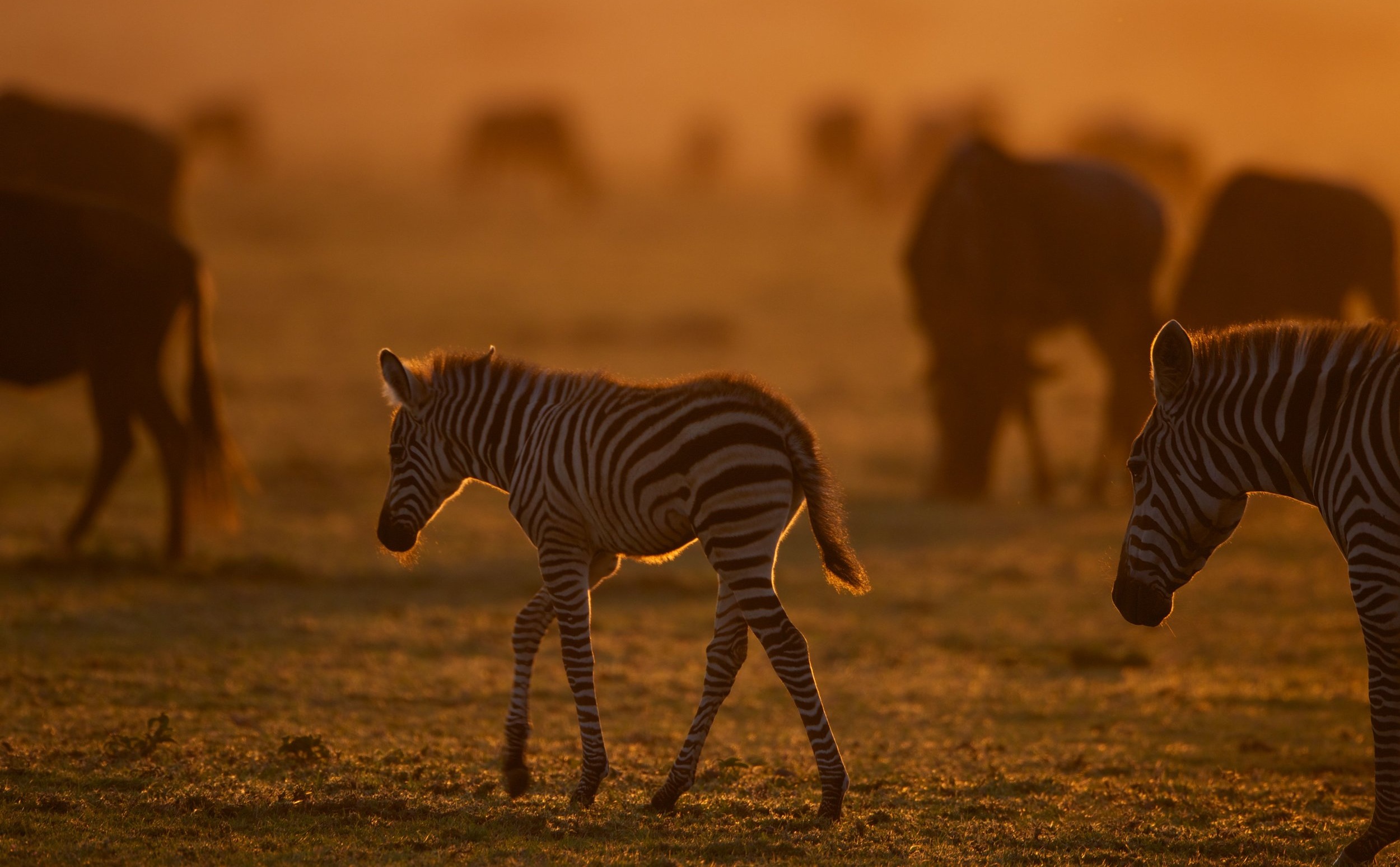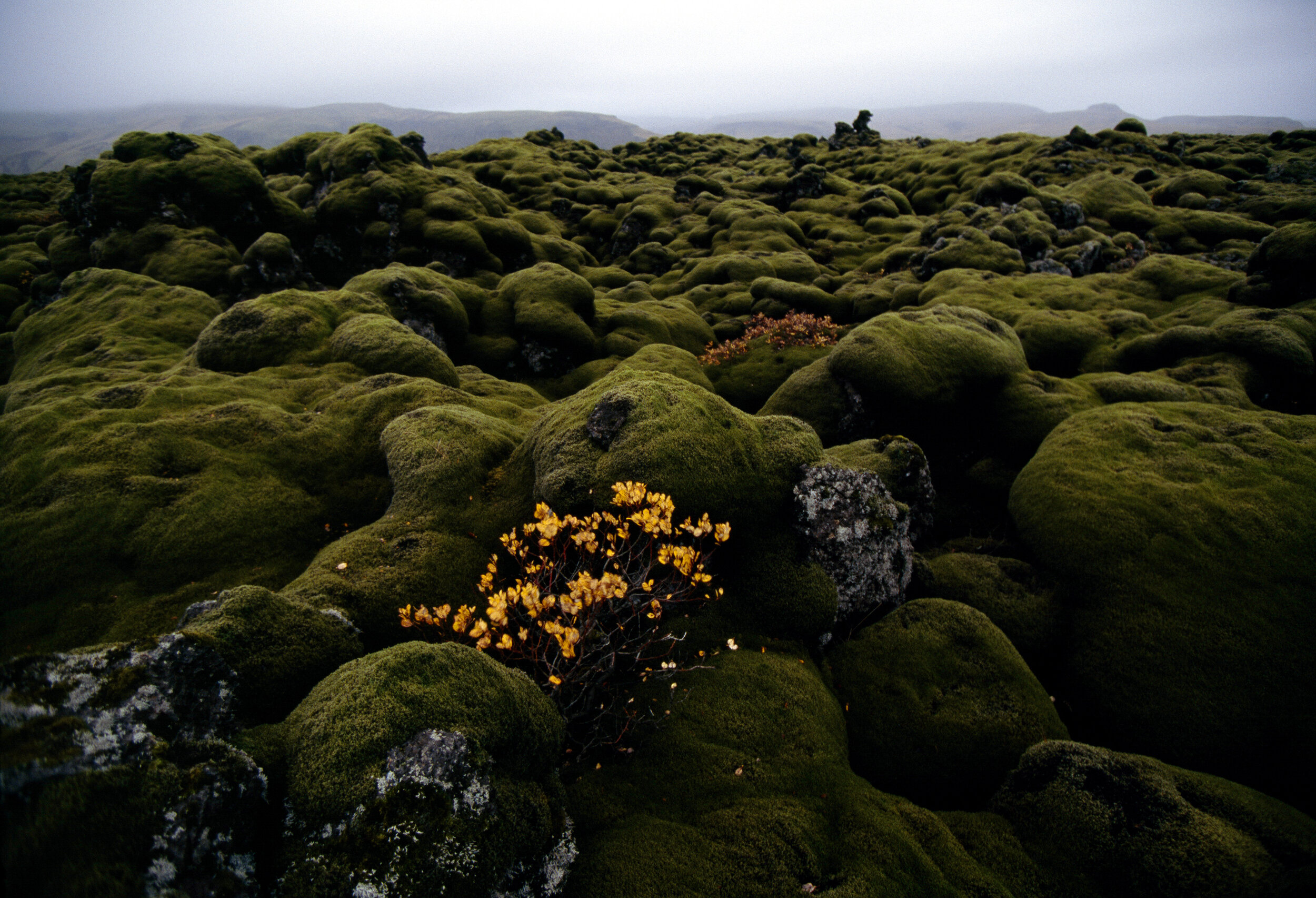STATE OF PROTECTION FOR OUR LAND AND OCEAN
According to the June 2022 Protected Planet statistics, 15.79% of the land and 8.09% of the ocean are covered by protected areas areas – these figures are currently well below the newly agreed global goal of protecting 30% of the worlds land and sea by 2023, as outlined in the Kunming-Montreal Post-2020 Global Biodiversity Framework.
We are making progress. But we need to ramp up efforts to meet the goal of protecting at least 30% of the planet by 2030.
OUR VISION
Not all protected areas are created equal.
Nations, in partnership with Indigenous Peoples and local communities, will need to determine what conservation efforts are best suited to their land- and seascapes, freshwater, and wildlife.
The global 30 by 30 target is not necessarily a figure that all countries are capable of meeting within their national borders, while some countries could protect far more than 30%. Every country has a role to play in conserving and funding the conservation of nature. As countries determine what specific areas to conserve, they should consider three important variables:
How do we get there?

In order to achieve protection of at least 30% of the land and sea, world leaders need to work collaboratively with other governments, organizations, and Indigenous Peoples and local communities. In addition to designating protected areas and other effective conservation measures (OECMs), governments should recognize a third pathway to reaching 30 by 30: supporting the governance and biodiversity stewardship of Indigenous Peoples and local communities.
Protected area management and finance

For area-based conservation targets to be successful, there must be increased funding for effective management, scientific surveys, and other crucial conservation activities. It is essential that this includes significantly increased funding directly accessible to Indigenous Peoples and local communities.
Beyond the contributions of non-profits, philanthropists, and businesses, governments - particularly those of developed nations - will need to contribute meaningful funding to ensure the effective management of current and new protected and conserved areas. Specifically, developed countries will need to deliver on commitments made at COP15 to provide $20 billion per year in international finance to developing countries by 2025 and US$ 30 billion per year by 2030, as part of a target to increase overall financial resources to $200 billion by 2030.
Spending for protected and conserved areas must also move away from a project-based approach and toward reliable long-term funding.
PROTECTING 30% OF THE PLANET FOR NATURE: COSTS, BENEFITS AND ECONOMIC IMPLICATIONS
In the most comprehensive report to date on the economic implications of protecting nature, over 100 economists and scientists find that the global economy would benefit from the establishment of far more protected areas on land and at sea than exist today. The report considers various scenarios of protecting at least 30% of the world’s land and ocean to find that the benefits outweigh the costs by a ratio of at least 5-to-1. The report offers new evidence that the nature conservation sector drives economic growth, delivers key non-monetary benefits and is a net contributor to a resilient global economy.
Follow the Process
Learn more about how we got here and what the next steps are on the path to protecting 30% of the planet by 2030.

Photographs by: Michael Nichols, National Geographic(Banner); Michael Nichols, National Geographic (How do we get there?); Steve Winter, National Geographic (Protected area management and finance); Michael Nichols, National Geographic (Follow the Process).


